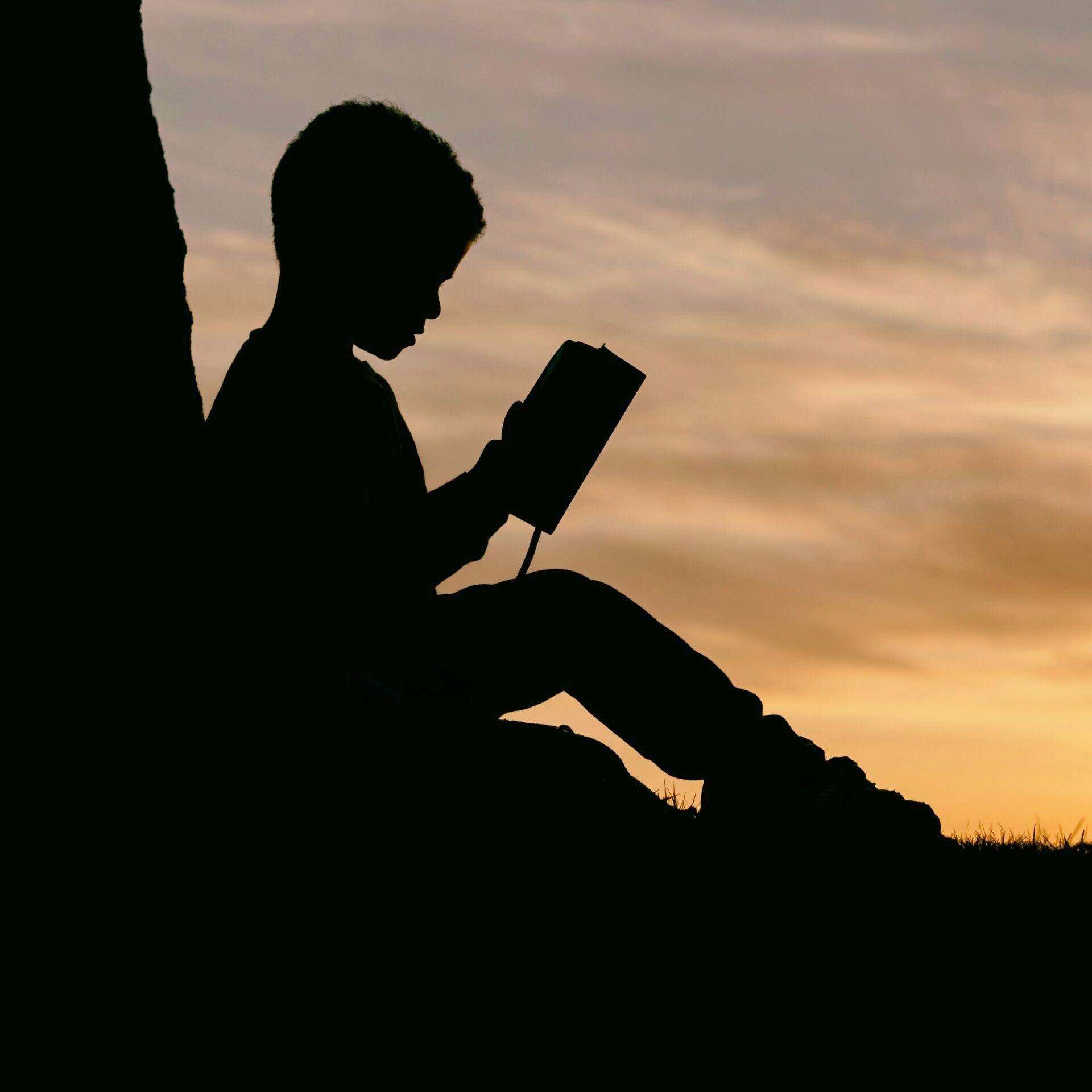In a landmark 2025 decision, the U.S. Supreme Court has ruled that parents have the right to opt their children out of lessons featuring LGBTQ+ inclusive children’s books in public school classrooms. This ruling stems from a case in Montgomery County, Maryland, where a selection of nine picture books depicting LGBTQ+ themes in kindergarten through fifth grade curricula faced legal challenges. The decision marks a pivotal moment in education policy, highlighting the intersection of parental rights, religious beliefs, and efforts to represent diverse family structures in classrooms.
Overview of the Supreme Court ruling on LGBTQ+ children’s books in education
The Supreme Court, in a 6-3 majority, decided that public schools must provide parents with advance notification when lessons include LGBTQ+ themed books, enabling them to remove their children if these stories conflict with their religious views.
- Legal Foundation: Parents claimed the books contradicted their religious principles, prompting litigation against Montgomery County Public Schools.
- Scope of Impact: The ruling applies to picture books integrated into early elementary English Language Arts curricula.
- Advance Notice Requirement: Schools are now mandated to inform parents ahead of LGBTQ+ content lessons.
- Dissenting Opinion: Three justices emphasized the importance of recognizing LGBTQ+ individuals as part of everyday society and community diversity in schools.
This case not only shapes educational content governance but also touches upon wider discussions about inclusion, parental involvement, and freedom of religious expression in schools.
Significance of the ruling for school curricula and parental rights
The ruling underscores the ongoing tension between advancing inclusive education and respecting parental rights grounded in religious belief.
- Curriculum Inclusion: Montgomery County’s initiatives aimed to reflect LGBTQ+ family representations, with books sourced from leading publishers such as Macmillan, Penguin Random House, and HarperCollins.
- Parents’ Religious Freedom: The court affirmed that parents can exempt children from teachings perceived as conflicting with their faith systems.
- Educational Impact: Teachers must balance fostering inclusivity with abiding by the notification mandates.
- Policy Shifts: School districts nationwide may now revisit their protocols on teaching sensitive topics.
This delicate balancing act between inclusion and parental authority invites deeper conversations around educational equity and community values.
The nine LGBTQ+ children’s books at the center of the Supreme Court case
These nine picture books, each exploring LGBTQ+ themes, became the focal point of the lawsuit and represent a broad spectrum of stories aimed at young learners:
- Pride Puppy by Robin Stevenson and Julie McLaughlin (Orca Book Publishers): Introduces an alphabet journey during a Pride parade, incorporating elements like “drag king” and “drag queen” with playful rhymes.
- Love, Violet by Charlotte Sullivan Wild and Charlene Chua (Macmillan): Explores a gentle same-sex playground crush and the courage of expressing affection.
- Born Ready: The True Story of a Boy Named Penelope by Jodie Patterson and Charnelle Pinkney Barlow (Random House): Depicts a transgender child’s experience affirming their gender identity with familial love.
- Prince and Knight by Daniel Haack and Stevie Lewis: A fairy tale celebrating same-sex marriage and love overcoming traditional expectations.
- Uncle Bobby’s Wedding by Sarah S. Brannen and Lucia Soto: Shares the positive experience of a young girl learning about her uncle’s same-sex marriage.
- Jacob’s Room to Choose by Sarah and Ian Hoffman with Chris Case (Magination Press): Highlights gender identity and expression through stories about bathroom inclusivity and personal choice.
- IntersectionAllies: We Make Room for All by Chelsea Johnson, LaToya Council, and Carolyn Choi, illustrated by Ashley Seil Smith (Dottir Press): Emphasizes diversity and inclusion across multiple identities, including disability and transgender experiences.
- What Are Your Words?: A Book About Pronouns by Katherine Locke and Anne Passchier: Follows a child navigating gender pronouns and self-expression.
- My Rainbow by DeShanna Neal and Trinity Neal, illustrated by Art Twink: Presents the true story of a Black transgender girl with autism, affirming the child’s self-identity with familial support.
These books come from noted publishers including Candlewick Press, Simon & Schuster, Little, Brown and Company, Abrams Books, and Hachette Book Group, reflecting a broad publishing industry commitment to diversity in children’s literature.
Diverse narratives and educational values embedded in the picture books
- Introduction to Identity and Acceptance: Stories like Born Ready and Jacob’s Room to Choose introduce gender identity and the importance of self-understanding to young children.
- Celebration of Love and Family: Uncle Bobby’s Wedding and Prince and Knight portray joyful acceptance of LGBTQ+ families and relationships, fostering empathy.
- Community and Inclusion Messages: IntersectionAllies emphasizes intersectionality and safe spaces for diverse groups, teaching empathy and allyship.
- Language and Self-Expression: What Are Your Words? educates about pronouns, helping children articulate their identities.
- Representation of Real-Life Experiences: My Rainbow provides visibility to underrepresented groups, including transgender children with disabilities.
Collectively, these books function as tools supporting comprehensive, culturally responsive education for young students.
Implications of the Supreme Court decision for educators and families in 2025
In the wake of this ruling, educators face new challenges while parents gain expanded rights to influence their children’s exposure to LGBTQ+ topics at school.
- Educators’ Responsibilities: Teachers must develop strategies to comply with notification laws while striving to create inclusive classroom environments.
- Parental Engagement: The ruling encourages direct dialogue between parents and schools regarding educational content concerning sexual orientation and gender identity.
- Potential Curriculum Adjustments: School districts across the country may reconsider including or how to present queer-inclusive literature.
- Broader Social Impact: The decision is likely to influence ongoing debates over book bans and the diversity of perspectives allowed in education.
This turning point demands thoughtful approaches from all stakeholders to uphold educational excellence and diversity while respecting family values.


